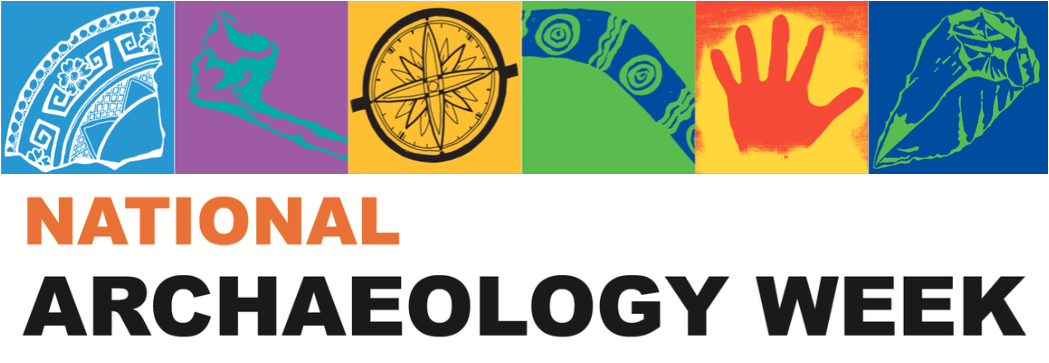Wenjing Yu
Current position
PhD Candidate at La Trobe University Melbourne.
Where did you study?
I received my BsC at China University of Geosciences (China), joint MA degree at Muséum National d’Histoire Naturelle, CNRS (France) and Université Rovira i Virgili (Spain).
How did you become interested in archaeology?
I am always a big fan of detective stories and mysterious things since childhood, archaeology is the combined of two ---- I consider archaeologists as the detectives of the past. The time when I dug my first bone in Italy, I know I will do archaeology for life.
What archaeological projects are you working on at the moment?
I am working at US-ESR dating of bovid tooth enamel from the UNESCO Cradle of Humankind World Heritage Site, South Africa. One of the main aims is to provide a robust chronology for palaeo cave systems that have not previously been dated using radiometric methods, the other is comparing US-ESR dates against other methods at sites where uranium-lead and palaeomagnetic data are existed. This work will help to understand the relationship of Paranthropus, early Homo and Australopithecus in South Africa, as well as other key non hominin taxa such as Dinofelis. The dating results will further contribute to the understanding of the formation of hominin-bearing palaeokarst in South Africa, and possibly clarify the differences between eastern and southern African climate changes.
Tell us about one of your most interesting archaeological discoveries.
I am part of the human evolution group that found the world's oldest Homo erectus fossil, at 2 million years old at Drimolen, UNESCO Cradle of Humankind World Heritage Site, South Africa.
Tell us about a funny / disastrous / amazing experience that you have had while doing archaeology.
This is an experience of 'coincidence'. When I worked in China, I went to dig a site dating back to Zhou Dynasty (1046-256 BCE), we found some fabulous ritual vessels, and a week later, a well preserved coffin was found. The research group decided to put it in the museum before a proper opening. We chose a sunny day according to weather forecast. It was sunny in the morning. However, the time when the crane lifted the coffin, it suddenly rained, heavily. So we had to stop. After a while, sun came out. So we ask the worker to lift it again, then the rain came again. We tried another three times. It was so strange that every time the coffin was lifted, the rain came; when we stopped lifting, the rain stopped. We phoned the museum officer wondering if we can change to another day. However, the museum said everything is prepared only for today so we had no choice. So the last time (already in the late afternoon), we worked in the heavy rain since the lifting and transported the coffin all the way to museum. What's more, once the coffin was delivered to the museum, the heavy rain suddenly stopped.
What’s your favourite part of being an archaeologist?
Digging. The feeling of excitement and the sense of achievement when I found something, and the feeling of being a detective to solve the puzzle behind these archaeological remains.

